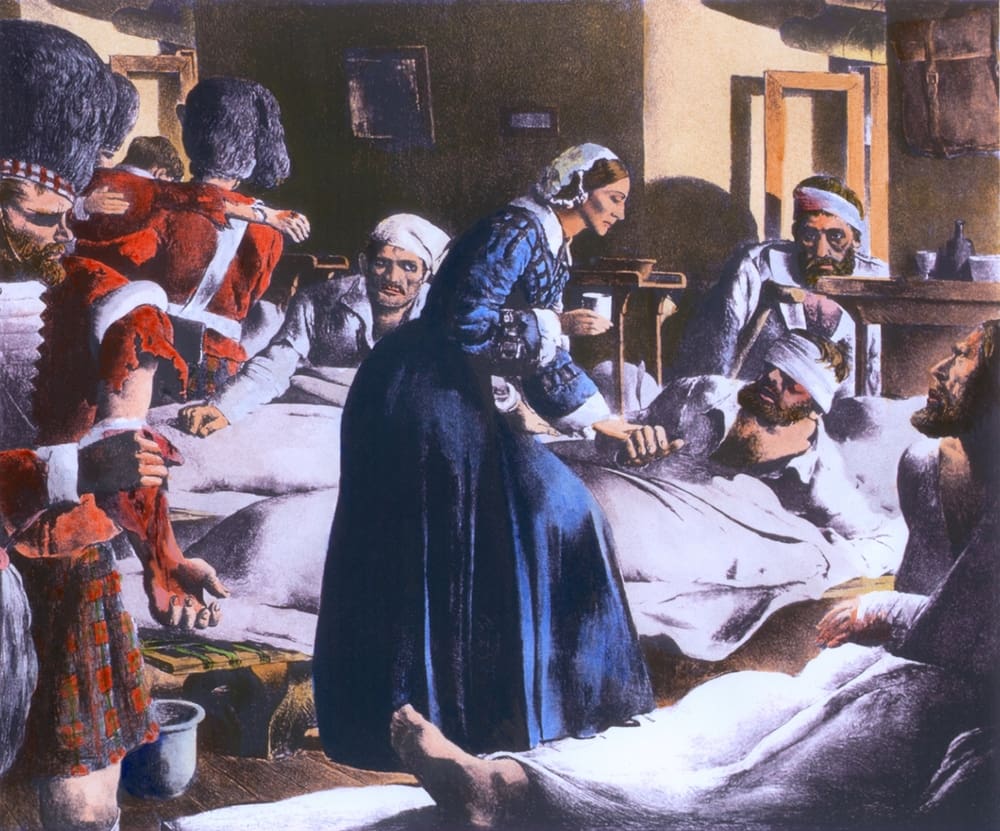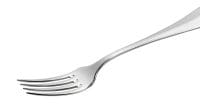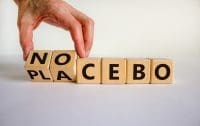“This morning I forage into the Purveyor’s Store… no mops, no plates, no wooden trays, no slippers, … no basins, no towelling, no chloride of lime.” — Florence Nightingale, 1854 (Letter to the Secretary of War)
 “It was the best of times, it was the worst of times, it was the age of wisdom, it was the age of foolishness, it was the epoch of belief, it was the epoch of incredulity, it was the season of Light, it was the season of Darkness, it was the spring of hope, it was the winter of despair, we had everything before us, we had nothing before us, we were all going direct to Heaven, we were all going direct the other way – in short, the period was so far like the present period, that some of its noisiest authorities insisted on its being received, for good or for evil, in the superlative degree of comparison only.” — Charles Dickens, 1859 (A Tale of Two Cities)
“It was the best of times, it was the worst of times, it was the age of wisdom, it was the age of foolishness, it was the epoch of belief, it was the epoch of incredulity, it was the season of Light, it was the season of Darkness, it was the spring of hope, it was the winter of despair, we had everything before us, we had nothing before us, we were all going direct to Heaven, we were all going direct the other way – in short, the period was so far like the present period, that some of its noisiest authorities insisted on its being received, for good or for evil, in the superlative degree of comparison only.” — Charles Dickens, 1859 (A Tale of Two Cities)
Charles Dickens and Florence Nightingale moved in similar social circles and are among the prolific chroniclers of the human condition in 19th century England, albeit of different genres. Dickens satirized the deplorable pre-Nightingale image of nurses in the character of Sarah Gamp in his 1844 novel Martin Chuzzlewit. Nightingale wrote memorable injunctions on the state of health and hospitals in the British Empire. Her letters to the Secretary of War on the chaos and general lack of essential health workers and equipment during the Crimean war sounds like the prologue of the current pandemic. Interestingly, Nightingale’s Notes on Nursing was published in the same year as A Tale of Two Cities.
For better or for worse, Nightingale’s fame is indelibly linked to the annual salute to nurses in May. Although the pandemic has thrown off-balance the planned yearlong celebration of nursing, commemorating the 200th anniversary of Nightingale’s birth, it gave nurses a secured place in the pantheon of the venerable. Apart from Nightingale, there are numerous notable nurses in history, but there has been no other time when nurses were collectively celebrated, until now.
But celebrity is a double-edged sword and the “bravos” can easily turn into an emotional burden. It is perhaps for this reason that Nightingale shunned publicity. On her return to London from the Crimea she travelled incognito as Miss Smith (her mother’s maiden name), vehemently refusing a hero’s welcome. Did she not take pride on her decisive role in saving many lives in the Scutari hospital? Or did her own fear of the perils of self-importance prevent her from being at peace with her success?
Masking pride and prejudice
Nightingale had a strong aversion of the limelight. She wrote, “I have thought that I could work better for others off the stage than on it.” If she were alive today, I wonder what she would make out of nursing gone viral? Would she “like” the ebullient pride frontline workers are currently enjoying or would she consider it crass to bask in the spotlight that belongs not just to nursing, but to many professions? We will never find out. But one thing is certain, we must guard ourselves against false pride because our collective survival from this pandemic hinges on our mutual cooperation, from the first to the last line of defense.
The internet provides an avenue for the effusive expressions of pride for the inimitable work frontliners do. Social media also lends cover for online anonymity to those who are prejudiced in undoing the slow flattening of the curve. Reports of healthcare frontliners attacked and harassed by the quarantine-burnout and paranoid denizens is a sobering commentary on how society values individual gratification and population health. It will require a certain emotional intelligence to fully appraise the historic sacrifice of the multitude and the histrionics of the few.
The best of times
The mask and other personal protective equipment (PPE) that are now ubiquitous in patient care simultaneously serve as shield from infection and a source of pride. While social media is teeming with testimonials of pride in nursing, at the bedside, under the cover of uniform PPE, the interdisciplinary team looks homogenous and pride is collective (and it should be). The pandemic has suddenly, it seems, enabled the healthcare team to finally capture the elusive spirit of teamwork. The ICU attending is no more important than the housekeeper. In the 1850s, Nightingale wanted all providers to be vanguards of handwashing. It took a pestilence and 165 years to finally get everyone to do hand hygiene properly.
Beyond the bedside, the forced global hibernation has led to the near-miraculous convalescence of the ailing environment. The daytime sky is indeed blue and the air is cleaner. Perhaps it is just my imagination, but I noticed that people I encounter in my rare forays to the supermarket are kinder and more patient. Waiting has become the new gold standard of civility. I have rediscovered that I have many kind friends, not just kind-of friends. I have received many emails from friends and family asking about my welfare and I have replied with equal sincerity, inquiring about theirs. I suspect this renewed concern for others stems from our primeval fear of being forgotten, of not remembering.
Pandemic postscript
The pandemic aimed a klieg light on nurses while the world paused and took a selfie in a metaphorical sense. I hope that we are all taking a meaningful inward look at a reexamined life and marveling at the complexity of doing lifesaving work. The well-known opening lines of Dickens’ A Tale of Two Cities could be the prescient epilogue to the current visit of the ghost of pandemic present in the Year of The Nurse. We shall not speculate but anticipate that goodness and grace will prevail, because caring is not just something we do, it is something we are.
Fidelindo Lim is clinical associate professor at New York University – Rory Meyers College of Nursing.
Reference
Bostridge M. Florence Nightingale: The Making of an Icon. Farrar, Straus and Giroux; 2008.



















3 Comments. Leave new
Once again, thank you for the well written piece you have shared with us. Although it comes during unprecedented times, I am glad to see that we are all taking a moment to realize what truly remains important in our lives- our human relations, our interconnectivity with each other that seems to get lost in the nonessential business of our everyday lives. Let us preserve this epiphany as we allow the healing process to begin.
Hello Carole,
Thank you for your vote of confidence! It means a lot to me.
Best wishes to you and my gratitude for all you do!
Fidel
Beautifully written Fidel. I am proud to be a nurse and equally proud to be one of your colleagues. Stay safe my friend ❤